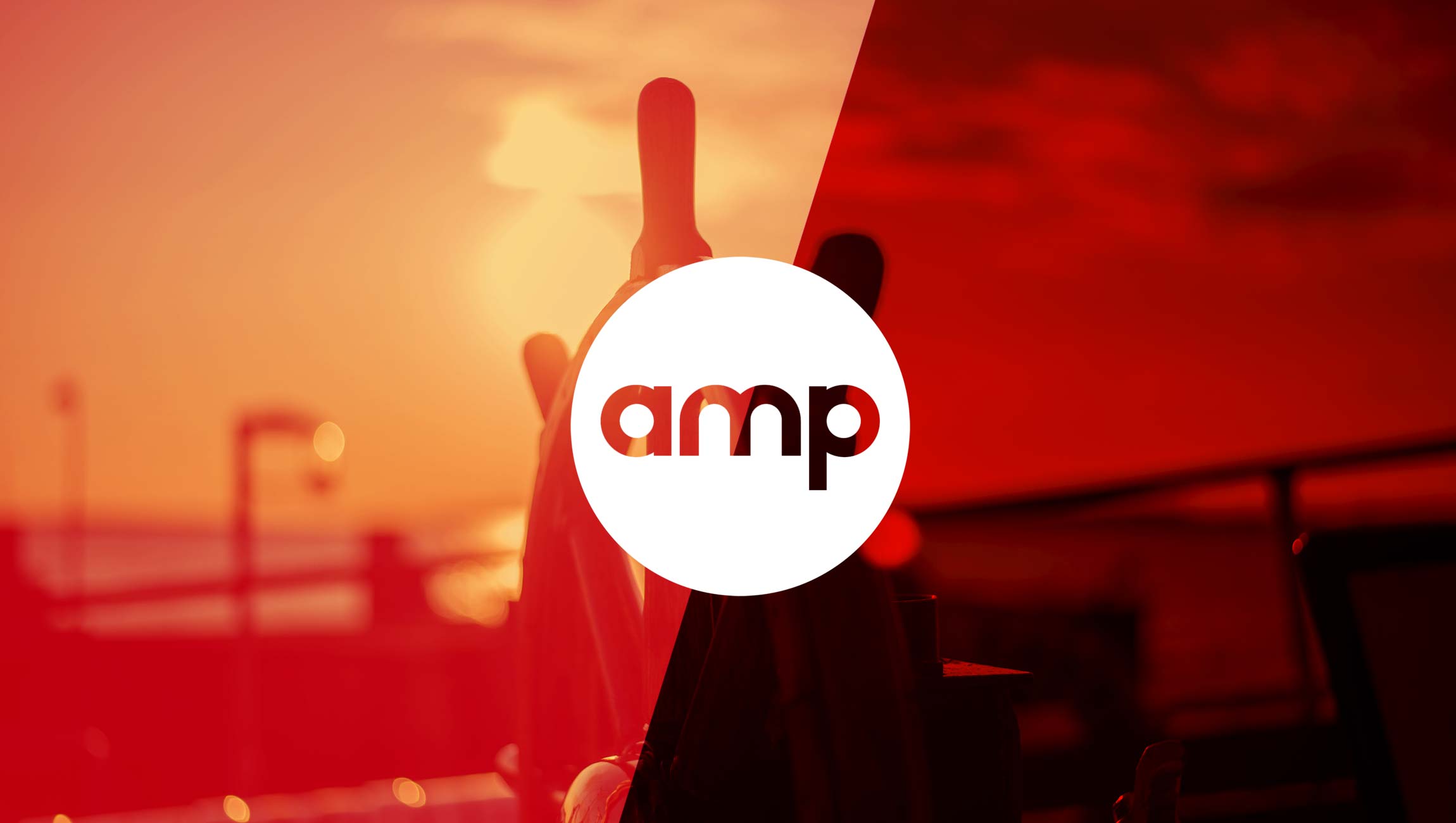Mastercard takes top position as leading sonic brand
- Shell and Apple complete the top three
- McDonald’s, Disney and Intel fall compared to 2019 rankings
- Voice is identified as an increasingly key sonic branding element
Global sonic branding agency amp announced that Mastercard has topped its annual Best Audio Brands Ranking 2020 (BAB 2020), moving up from position 72 in 2019 and dethroning last year’s winner McDonald’s to take the top spot.
Introduced in 2019, the Best Audio Brands Ranking is the first of its kind study, measuring how effective brands are in using sound. Building on Interbrand’s highly respected “Best Global Brands Index”, the ranking is designed to identify strong and weak audio performers, determine strategic opportunities, and provide actionable solutions to boost the sonic value and return on investment of brands.
Marketing Technology News: Seeing AI to AI: NVIDIA Deepens Ties with Top Research Center
Using a rigorous analytical process, Best Audio Brands quantifies audio brand performance against a range of criteria such as trust, recognition, engagement and efficiency. The analysis details how brands are extending their audio presence beyond a single sonic asset – such as a sonic logo – to adapt to the changing landscape of digital consumer touchpoints where audio enhances brand recognition, engagement and findability. It also calculates audio brand efficiency – the estimated return on investment in sonic assets.
The BAB leaders in 2020
The Best Audio Brands Ranking 2020 reveals a significant difference in the performance of several leading brands from 2019, with Shell being the only brand to retain its position in the top five. McDonald’s, Disney, Intel and Coca-Cola have been superseded by Mastercard, Apple, Google and Amazon in the top spots.
The top five performers in the ranking – Mastercard, Shell, Apple, Google and Amazon – achieved their places through two distinct strategies. Both Mastercard and Shell have created and successfully deployed a holistic sonic identity, that is recognisable and adaptable across all digital and physical consumer touchpoints.
Apple, Google and Amazon, on the other hand, have earned their spot at the top due to the strength of their product sounds, use of brand voice and voice technologies. Although, most of them have yet to develop holistic sonic strategies across all channels.
The brands that didn’t score high on return on audio investment (efficiency) have dropped through the rankings. These companies are largely focusing on a single sound asset, such as a sonic logo or jingles, to boost their brand, typically in advertising deployed across broadcast media channels.
Marketing Technology News: Voxnest And Its Podcast Platform Spreaker Integrate With Nielsen For Deeper Targeted Advertising
Overall, this year there has been a sharp drop in the use of sonic logos. The analysis reveals that brands which have been using sonic logos for decades are now using them less consistently, from constituting 56% of their content (2019) to 32.5% (2020) respectively. McDonald’s, which achieved the number one spot in 2019 through intelligent placement of its instantly recognisable ‘I’m Loving It’ jingle, decreased its usage from 95% to 44% in the past year.
Michele Arnese, Global CEO, amp commented: “Best Audio Brands 2020 clearly shows that brands that have embraced a holistic sonic identity are indisputably reaping the benefits that come with one. It is great to see how quickly Mastercard has embraced a holistic sonic identity and managed to implement it across a variety of touch points, making it a central element of their multi-sensory marketing strategy. Based on a Sonic DNA, this approach offers the best balance between creative flexibility and recognition, compared to a mere one-melody or jingle-based approach.”
Bjorn Thorliefsson, Creative Strategist and Team Lead, amp added: “It’s clear that a single sonic asset isn’t sufficient to develop brand equity, given the rapidly changing ecosystem of consumer touchpoints. We might see brands with a strong sonic logo heritage, such as Intel or McDonald’s embrace a new holistic sonic strategy moving forward. BAB 2020 shows that another Sonic Asset has become increasingly important this year: Voice.
As the proliferation of smart speakers and other screenless smart devices continues to grow and audible content such as podcasts is on the rise, consumer relationships with brands are increasingly shaped by sonic experiences. Apple, Google and Amazon’s high positions propose that voice contributes to connect a consumer with a brand because it creates intimacy and engagement.”
Marketing Technology News: Wurl Network Surges Past 400 Channels











